If sending any kind of package is already a challenge, exporting by sea can be an odyssey. During the journey by ship, products can be affected by a variety of factors, so choosing the right packaging is more essential than ever. If you follow these product recommendations, your shipments will arrive safely.
What should you consider when packing for export shipments?
Before exporting any goods, you should be aware of the regulations, customs formalities and labelling rules. Once you are clear on all these legal terms, it is time to choose the most suitable export packaging. Regardless of the means of transport by which the goods are to be shipped, these four tips are key to ensuring that your shipments arrive in the best possible condition:
- Choose good packaging. Handling and transport must be practical.
- Protect the contents well. You will ensure that it suffers as little as possible during transport.
- Group your shipments together. Pallets and container boxes make this task easier.
- Take care of the labelling. The information must be clear so that it reaches its destination.
What are the constraints of the maritime environment?
Transport by ship is not only one of the most used ways to send large volumes of goods, but it is also one of the most demanding. Shipments can be affected by the different risks and constraints inherent to the journey:
- Humidity and salinity. One of the biggest problems faced by shipments are the sea conditions themselves, as they can accelerate the process of oxidation or corrosion of the cargo if it is not well insulated.
- Extreme temperatures. The sea undergoes very drastic temperature variations. This oscillation causes products to be subjected to freezing cold at night and extreme heat during the day.
- Environmental pollution. Pollution can cause shipments to deteriorate. In addition, certain products, especially foodstuffs, should not be in contact with the environment or with other goods, as their qualities could be altered.
- Prolonged storage. Long periods of shipping can affect the cargo. Incorrect stacking of packages during the hours of transit tends to deteriorate the contents.
- Movement and vibration. Handling during loading and unloading of containers by cranes and sea swaying can cause sudden shifts that destabilise the cargo.
Choose your packaging for sea freight
Now that you have taken into account the adversities that your products may suffer throughout the journey, the most important thing is to choose durable and resistant packaging so that they can withstand the whole journey across the sea in the best possible way.
Cardboard container boxes
Large and heavy packages require a lot of care and you should not lose sight of their volumetric weight. The advantages of the American double channel container box are its large capacity for shipping individual boxes, its robustness to protect fragile or heavy products and its high resistance to breakage, humidity and temperature variations. On the other hand, the modular cardboard container box is convenient due to its adaptability thanks to its lid and base.
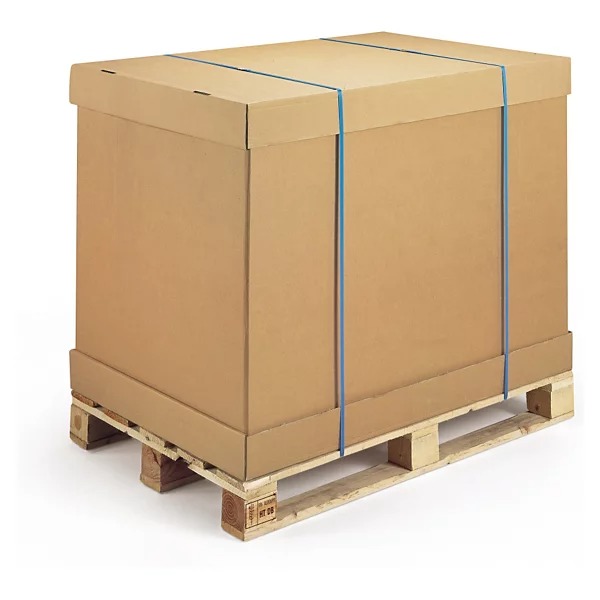
Wooden container boxes
Beyond cardboard, if you are looking for maximum resistance against knocks and atmospheric changes, the plywood box is your best option. It is 70% lighter than a traditional wooden box and complies with the ISPM15 (ISPM15) standard for phytosanitary treatment of wood packaging for export. And following on from this material,folding wooden rings or fences are designed to withstand harsh handling conditions.
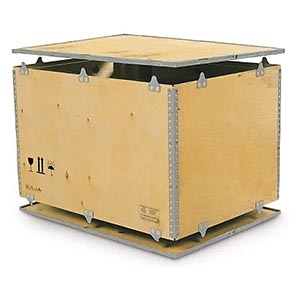
Thermal packaging
Due to the long hours of transit, sometimes your products will need to be protected by insulated packaging. For this, you can use insulated cardboard boxes, cold packs, or insulated bubble wrap. This will ensure that the temperature remains stable and reduce the risk of damage to delicate contents.
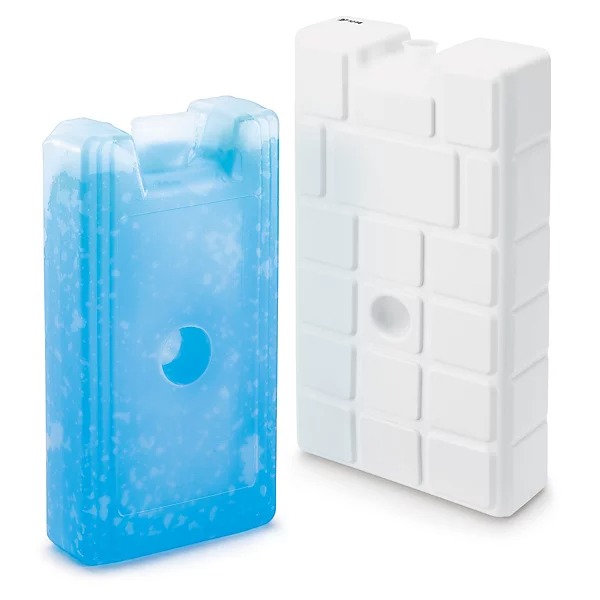
Desiccant bag
To avoid any kind of humidity, insert a desiccant bag in your boxes and containers. It is very effective in preventing the formation of water, although it is not suitable for contact with foodstuffs.
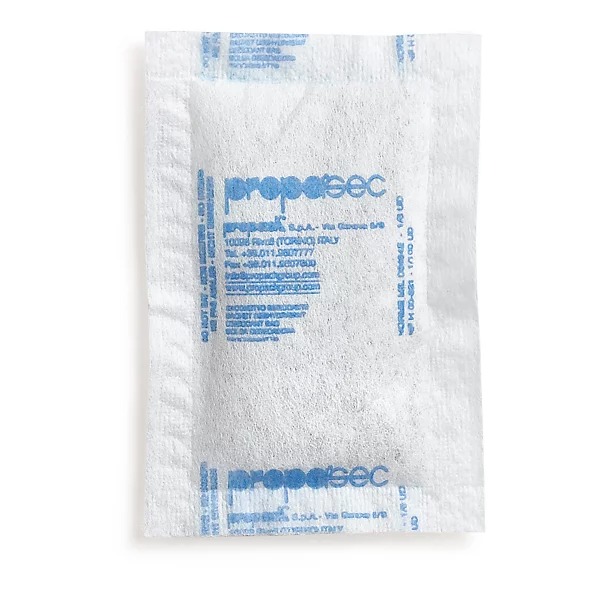
Light fillings
Since the main thing is to avoid empty spaces inside the packages, you will sometimes need to use filler material that protects, but does not create added weight. For this, you can use recycled bubble wrap or Span-Pack® filler chips.
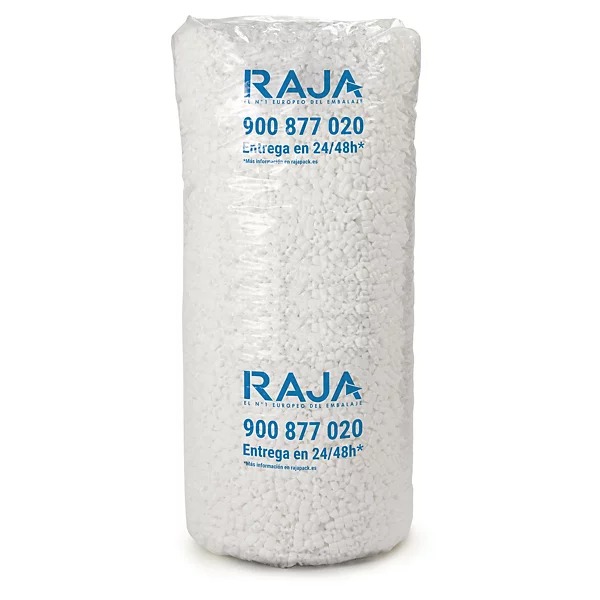
Fastening system
If lashing is essential on the road, it is just as important in sea transport. Stretch film or polypropylene strapping will give stability and security to the cargo. Choose the most suitable strapping for each case.
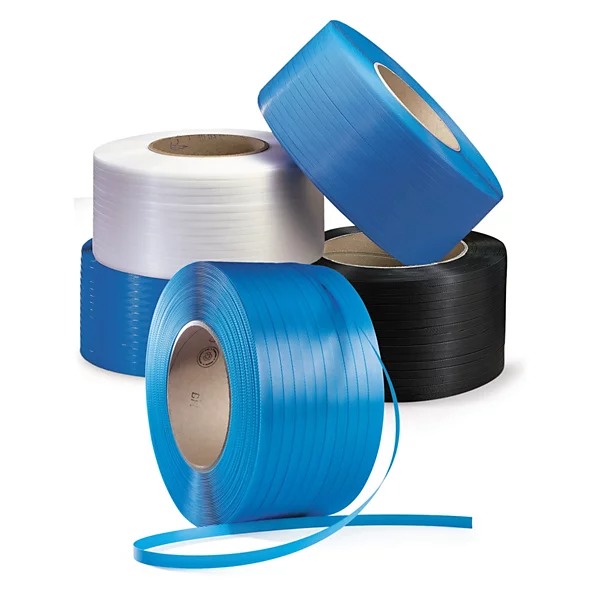
Palletising loads
Whether it is a cardboard pallet, a wood fibre pallet or a 100% recycled plastic pallet, palletising packages will help in the loading and unloading processes. Especially if you follow these five tips for correct palletisation.
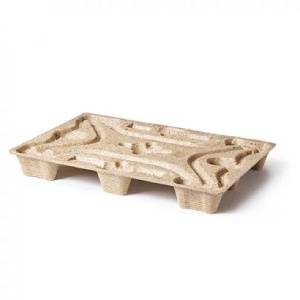
Labelling and marking
Labels provide information about palletisation, fragile contents or hazardous materials. Finally, the adhesive document bag allows you to identify the contents of the consignment without having to open it.
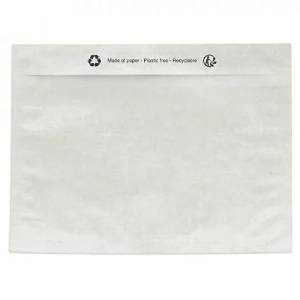
If you follow these tips, your goods will not be lost at sea like a message in a bottle, but will arrive in perfect condition. You can also find other useful items in our section on export packaging. If you don’t want your goods to sink, take the helm and let RAJA®’s professionalism and care guide you – we are your compass to sail the wide sea!














